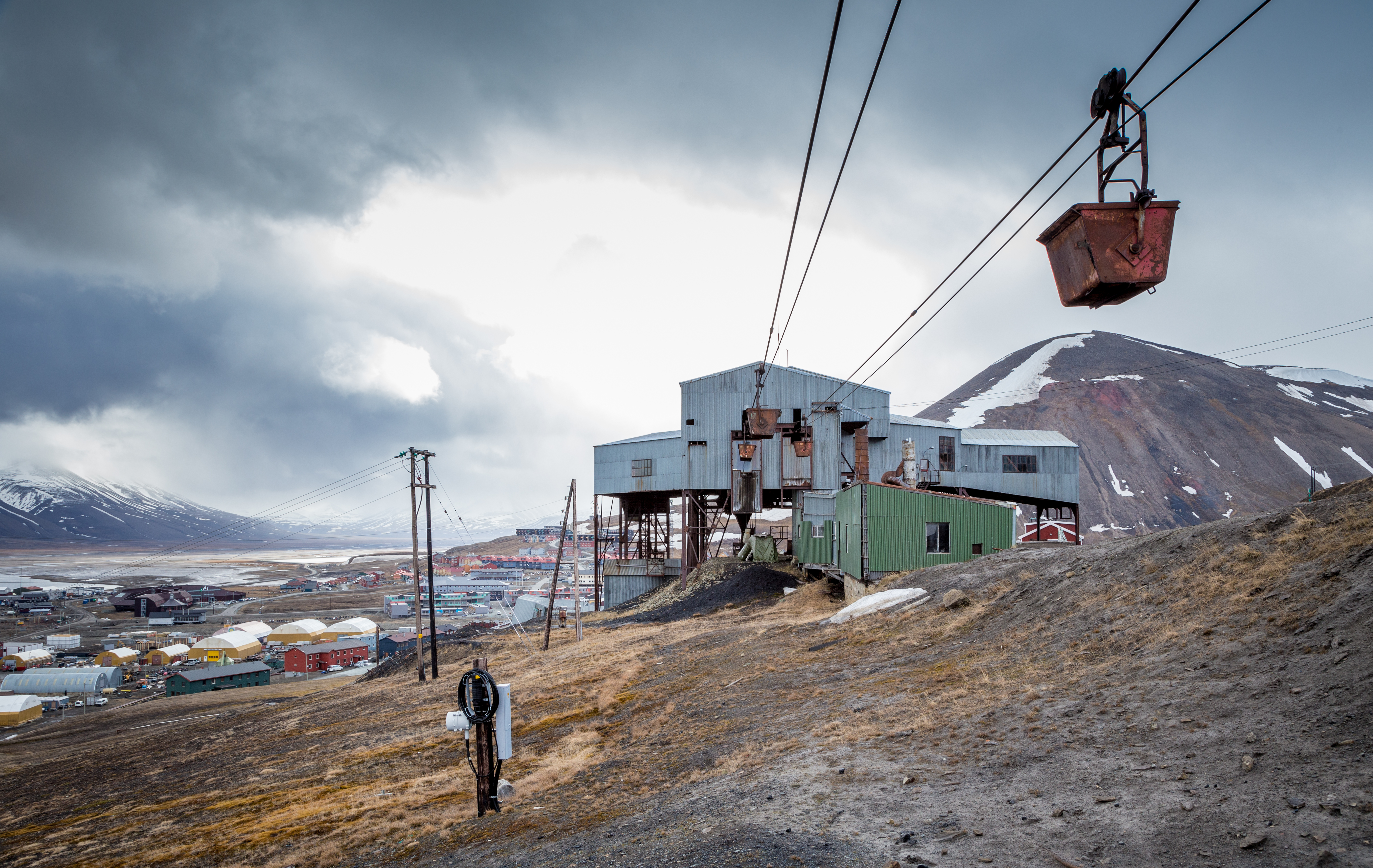Is Arctic mining poised to make a comeback?

Beyond geographic location, finding something that all Arctic territories hold in common can prove elusive. So clearly defined are their differences that Tara Sweeney, the chair of the Arctic Economic Council, suggests there are as many as four Arctics – European, North American, Russian and indigenous. Differing national, natural and social conditions sets the contours of the economic outlook for each one.
One area where those contours all overlap, however, is mining.
“It is maybe the most Arctic thing of all,” one executive quips. Though this is only partially correct (neither Iceland nor Greenland have active mines, though the former smelts bauxite into aluminium and the latter expects two operations to come on-line this year), the statement gets at how important many believe the sector is for the region’s future.
Our executive is enthused: commodity prices generally rose in 2016, and, if past trends hold, this will mean increased demand from existing operations, as well as more exploration investments.
[Greenland needs money. Is a uranium mine the answer?]
We will learn more about whether others in the industry are of the same outlook after this year’s PDAC, a huge mining convention, gets underway in Toronto on March 5. An annual event, PDAC – shorthand for ‘the Prospectors and Developers Association of Canada International Convention, Trade Show and Investors Exchange’ – is, as its size suggests, one of the most important events for the sector. Its stated goal is to bring miners and financiers together.
Involving this second group is crucial: Mining is a risky business, financially speaking. According to the Fraser Institute, a Canadian think-tank, for every 500-1,000 exploration projects, just one becomes a profitable mine. Another common industry statistic that underscores why the sector is not for those who give up easily: the success rate for exploration is less than a tenth of 1 percent.
Miners themselves compare this narrow success rate to the pharmaceutical industry, where many drugs are tested, but few are approved. For those that do make it to market, there are handsome profits to be made.
But that analogy overlooks the fact that most illnesses are not tied to the business cycle. The demand for commodities, on the other hand, suffers when the economy dips.
There are number of reasons why the industry may be on a high heading into PDAC. Chinese demand, both among its consumers and its exporters, appears to be on the increase. In the United States, the Trump administration’s promise to refurbish the country’s infrastructure would likely require foreign commodities. This, and a global economy that is doing much better than in recent years, has share prices so far continuing last year’s gains.
Trump, however, is also viewed as something of a wildcard: should his focus on protecting American jobs take a toll on global economy, it would weaken demand, putting mining back on the skids.
Still, mining firms continue to make the argument that their sector is worth governments putting effort into. In addition to things like exports, tax revenue and royalties, they also cite job creation and training, as well as the investments they make in the communities where they operate. Detractors, on the other hand, say pollution, environmental degradation, lack of respect for indigenous cultures and the failure of firms to live up to their promises are reason to be wary.
Should the sector take off again, Northern regions look well positioned to benefit. In Fraser’s most recent annual survey of how attractive jurisdictions are to investors, Finland and Alaska were rated fifth and sixth, respectively. Most other Arctic territories land in the top third. Russia, ranked 47th out of 110 jurisdictions, brings ups the rear, but its rating has improved in four of the past five years. We should see if they can keep this up in the coming week: Fraser normally releases the new survey during PDAC.
If there is a dark linking to be found, it is that doing well as a region may be a curse for individual territories. The mining sector, according to Fraser, is competitive, and capital highly mobile; to attract investments, governments must be ready to compete with each other.
In the end, that which binds Arctic territories may also drive them apart.